

Curated experiences in Napoli

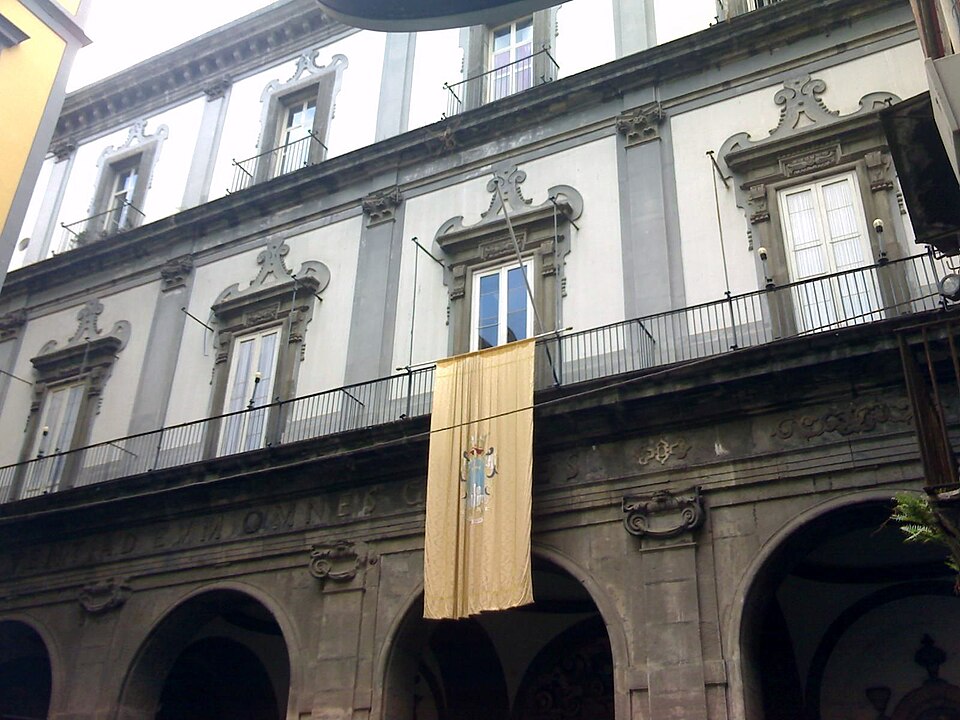
The Pio Monte della Misericordia is a church in the historic center of Naples, southern Italy. It is famous for …
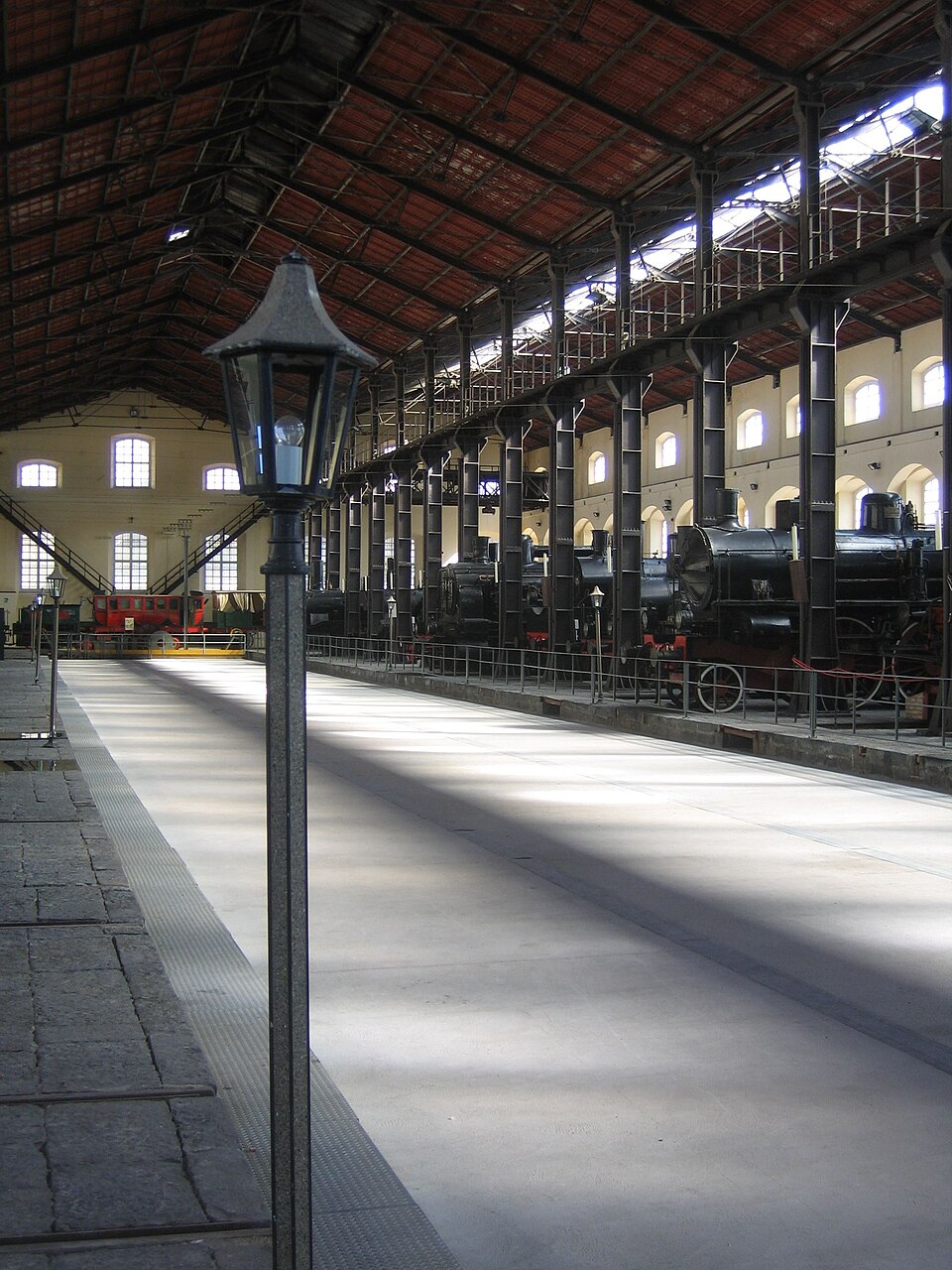
The National Railway Museum of Pietrarsa (Italian: Museo Nazionale Ferroviario di Pietrarsa) is close to the Naples–Portici railway. The museum …
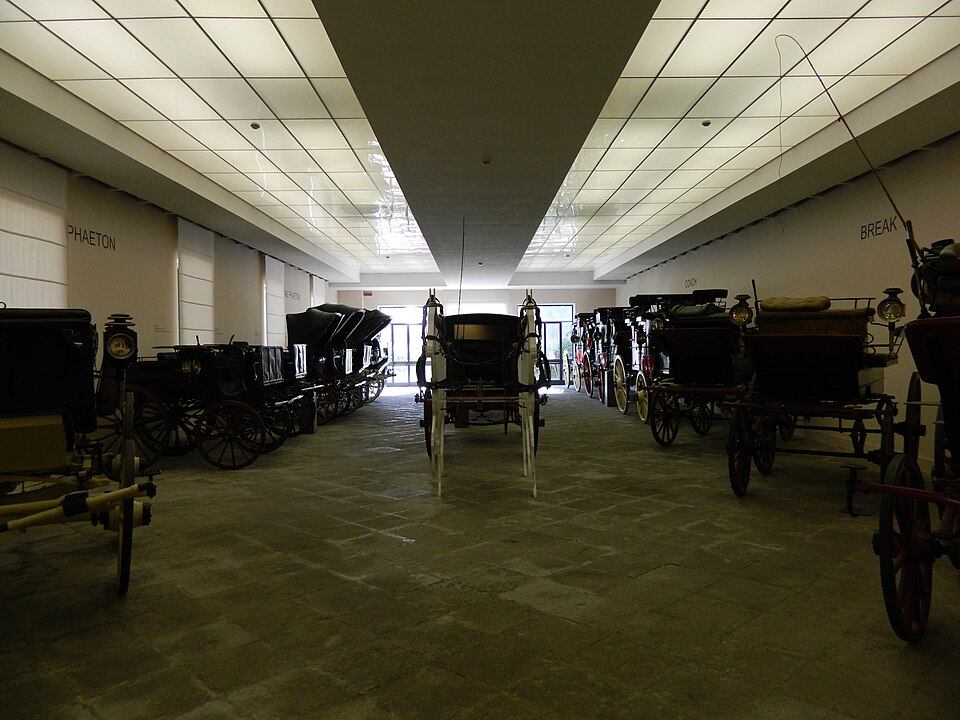
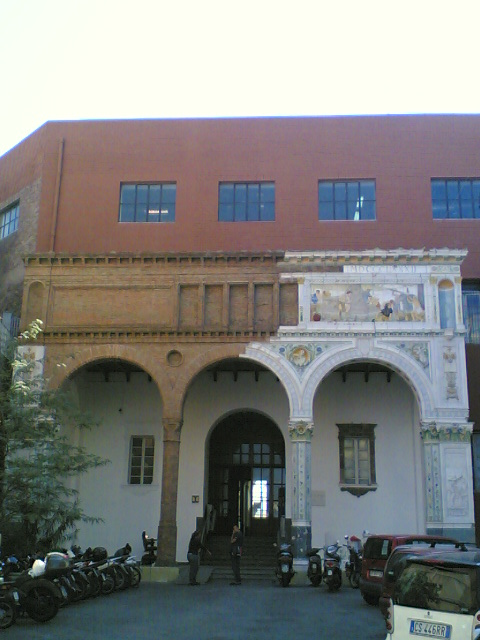
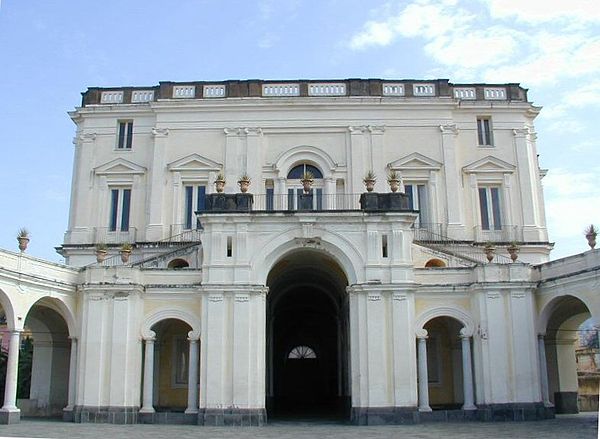

Santa Donna Regina Vecchia is a church in Naples, in southern Italy. It is called Vecchia ("old") to distinguish it …
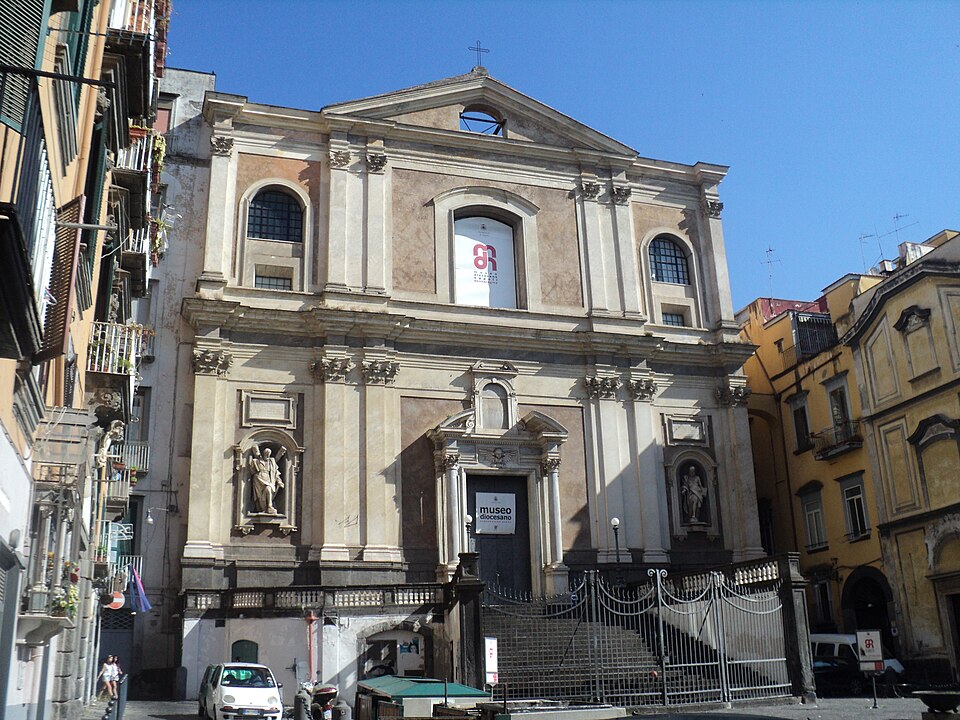
Santa Maria Donnregina Nuova is a church in central Naples, Italy. It is called Nuova ("new") to distinguish it from …

The Museo del Tesoro di San Gennaro is a museum of religious relics in Naples, in Campania in southern Italy. …

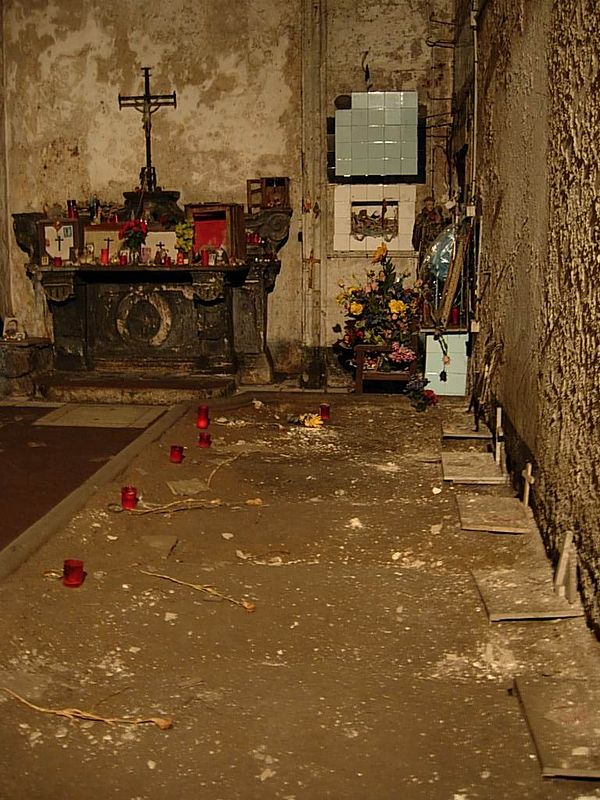

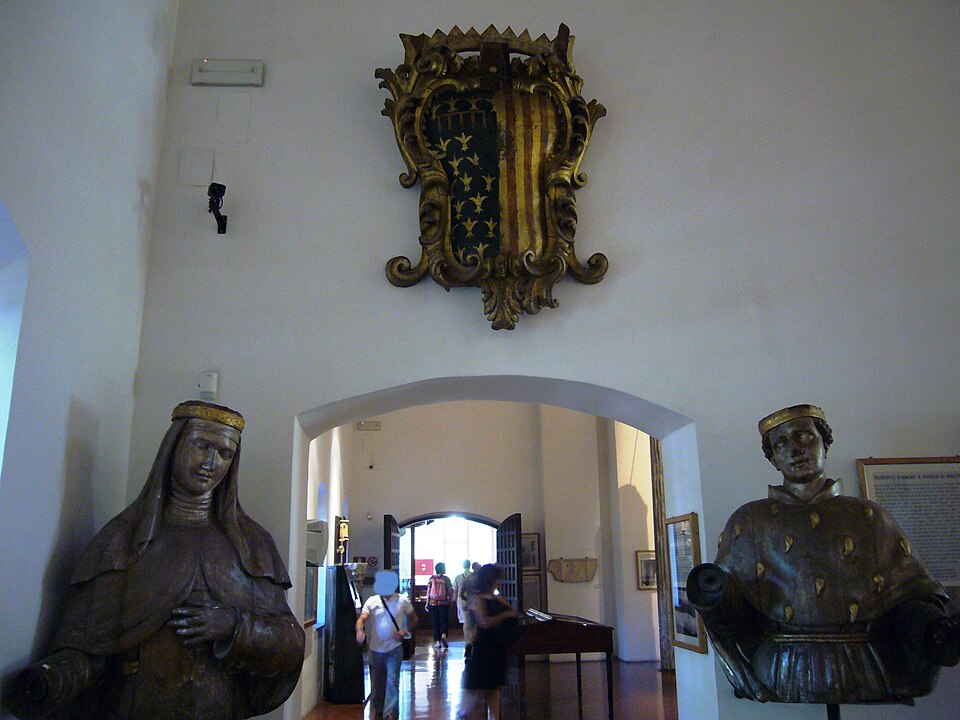


The Pontano Chapel or Cappella dei Pontano is a Renaissance-style chapel in central Naples, Italy, on Via Tribunali, just in …

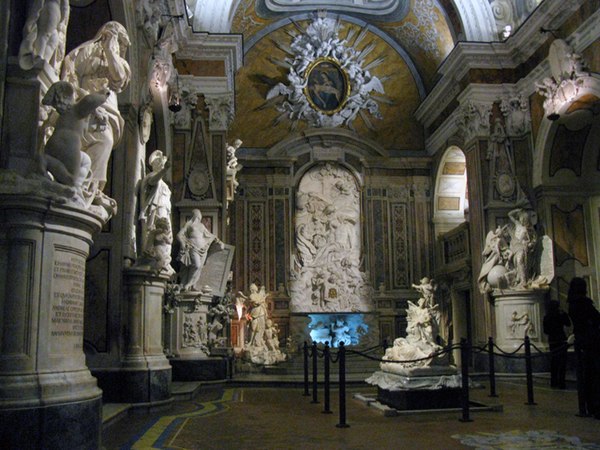
The Cappella Sansevero (also known as the Cappella Sansevero de' Sangri or Pietatella) is a chapel located on Via Francesco …
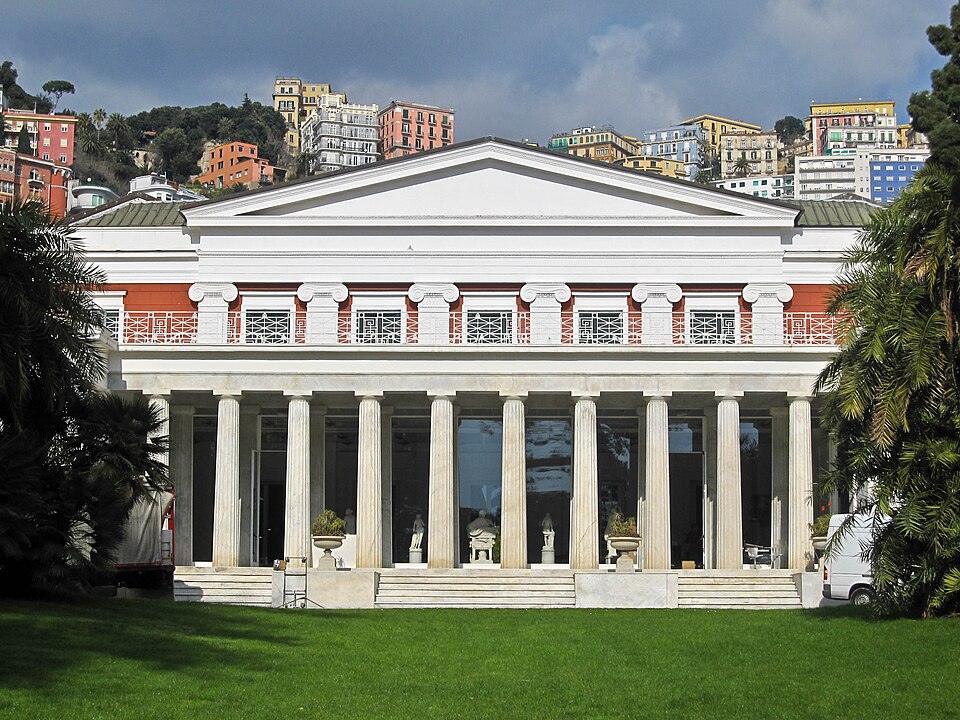
The Villa Pignatelli is a museum in Naples in Southern Italy. The villa is located along the Riviera di Chiaia, …

The Certosa di San Martino ("Charterhouse of St. Martin") is a former monastery complex, now a museum, in Naples, southern …
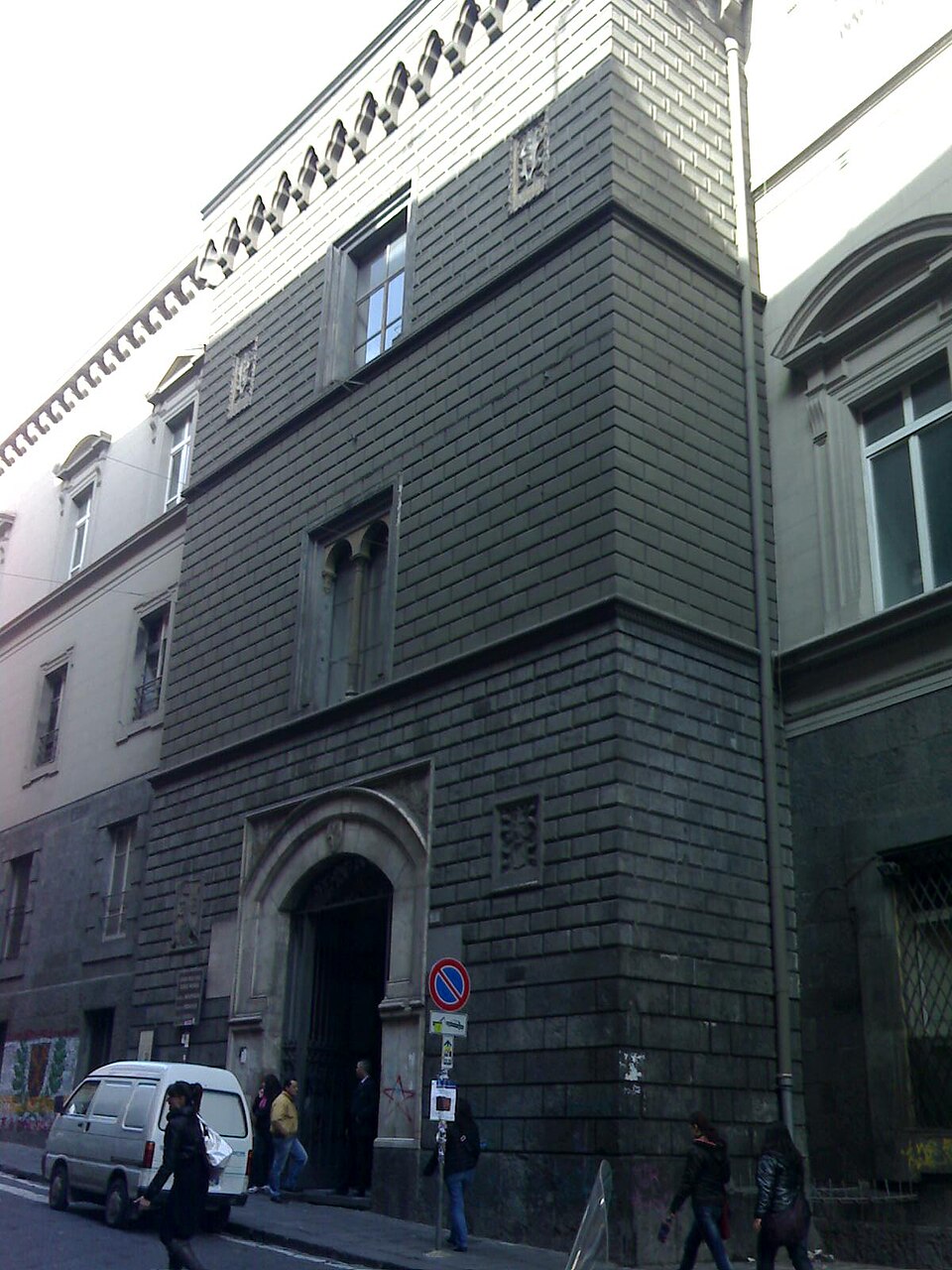
Create a personalized itinerary and unlock the finest experiences Napoli has to offer
Plan Your Trip